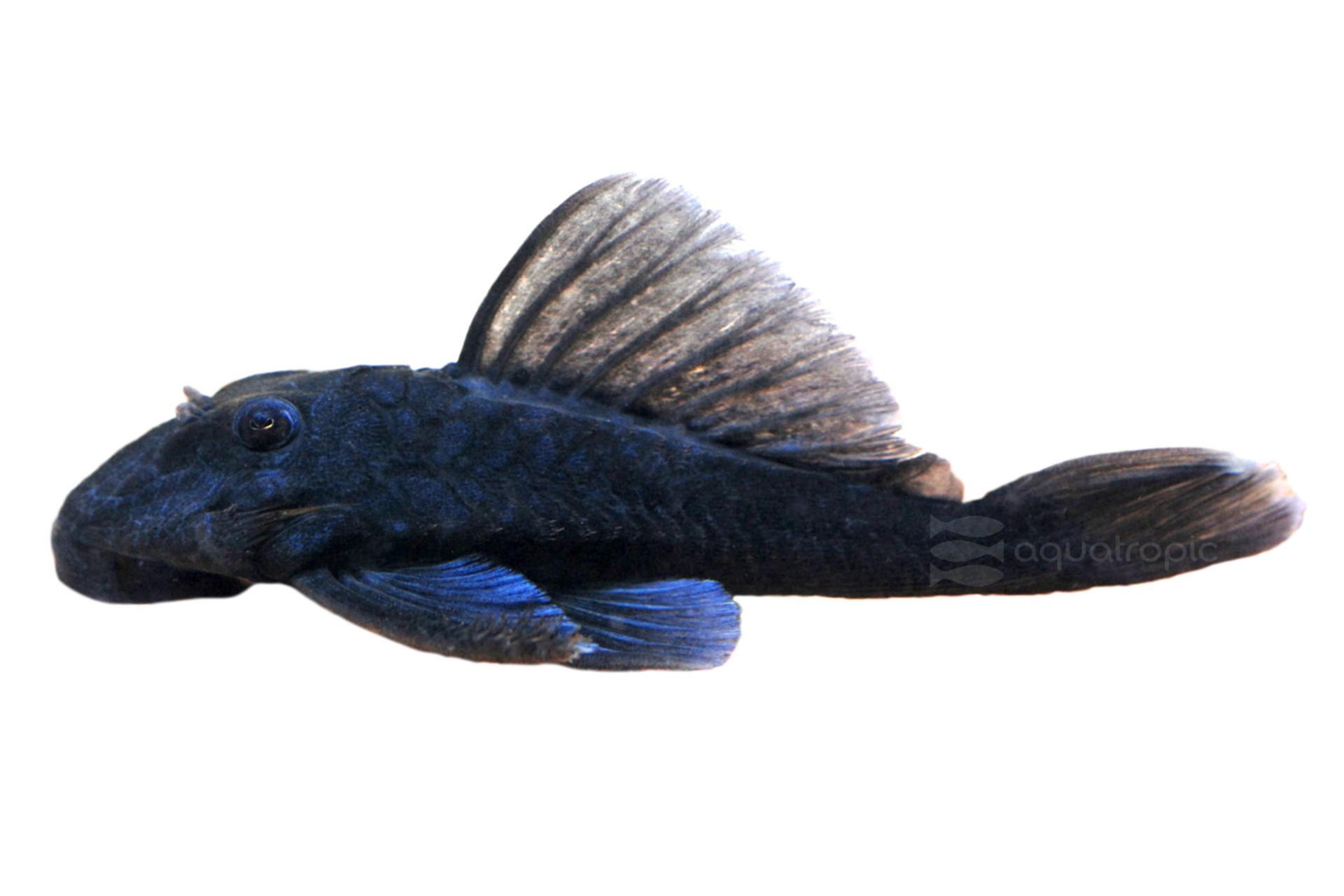What The L

We get quite a few questions through our different social media channels about Plecostomus and why many of them are frequently sold with a designation that goes like this: L133. The designation starts with an L and has three digits after it. The aquarium Wiki lists numbers up to L600 as of November of 2020, though many numbers are missing as there are no numbers between L400 and L600. A more complete list, though still with some gaps resides on Planet Catfish, here: https://www.planetcatfish.com/catelog/numbers.php?mode=l and has listings from L001 up to L520 with few, if any gaps. Further confusing this for a lot of people is that there are a few numbers that are used for more than one species. Or we suppose you could look at this as there are a few species that have more than one number.
First things first, the “L” stands for Loricariidae, a family of fish that consists of armored catfish. Businesses serving aquarium and pond enthusiasts began importing these fish decades ago as one of the known species, Hypostomus plecostomus. They became immensely popular because some of these Loricariidae are incredibly thorough consumers of algae and algal films. One of two wrong assumptions happened here, one was that all these cats were good at algae eating, and the other was that they were all different forms of the same species; as a result, it garnered itself dozens of common names.

Their immense popularity coincided with larger areas of South America being explored and opened for collection of Armored Catfish, and the result was that an even larger number of catfish, with a stunning array of colors and patterns not seen before, became available to hobbyists worldwide, much faster than they could be described by scientists. New common names were being made up by different importers, exporters and even Local Fish Stores were in on it. Frequently these fish were either named for the place they came from, which is still a common way for them to get their scientific nomenclature (name). This method also got confusing as many of these Loricariids come from the same, or very similar places; and different languages have different names for different countries. For example, the country we know as France is called Frankreich by Germans. Many species got pseudoscience names with a CF designation, which is usually a bit of a place holder, and in these instances, totally misused. CF, stands for confer, meaning compare with (Latin origin).
This confusion gave rise to the L System. Which was originally meant to be a placeholder. A common name that would eliminate international confusion and give a uniform description to a specific looking Pleco from a specific place, until that fish was officially named. This naming system has most frequently been attributed to the German magazine, die Aquarien und Terrarienzeitshrift (the aquarium and terrarium magazine) sometime in the late 1980s.

It is sound in theory and has worked very well in the intervening 30 odd years, with a couple hiccups; because it was originally intended to be temporary, the L number was supposed to be re-used once a Plecostomus was given an accepted scientific description. Predictably, many people continued to use the L designation for a fish even after it was given a real name, but that number was now being used for a new undescribed species, and so you got two fish (or more) with the same number. Occasionally, you also got fish that had the same L number that ended up being the same species; this is why L004 is also L005, L028 and L073. Obviously, this practice has stopped and now fish keep the L number they originally got forever.
In other confusion, another German aquarium magazine, “Das Aquarium” came up with a corollary system with the prefix LDA (Loricariidae Das Aquarium). The system is similar and resulted in some fish with an L number having a totally different LDA number. Das Aquarium went out of business and stopped doing these designations, though some fish are still sometimes seen with LDA numbers. There are some Plecos that exist with and LDA number that do not have an L number, and vice versa. The one comprehensive benefit of the LDA system is that it uses suffixes to separate fish that are the same species but have different catch locations. Planet catfish has the most comprehensive list of these that we've seen, and the corresponding L number is in parentheses if one exists: https://www.planetcatfish.com/catelog/numbers.php?mode=lda.
Loricariids are some of our favorite fish. They are generally very hardy, nearly always very active and some are incredibly useful. Some of these fish need warmer water, some need more flow, some don't much if any algae! The L-133 or King Tiger Pleco is primarily a carnivore, (and a beautiful fish), but the hobbyist who gets one should be ready to feed it meaty food, and not expect it to live on driftwood or algae wafers! Do you research on any species, L or LDA number fish you choose so you can tailor the aquarium design to the fish you want to keep, and you'll have great results.